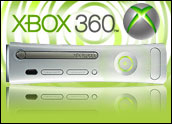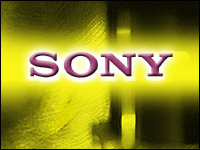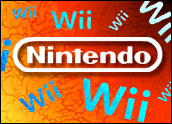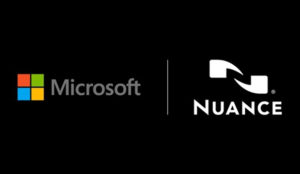
Graphics card maker Nvidia announced Monday it has agreed to acquire Ageia, creator of PhysX, technology that adds a higher level of real-world physics realism to video games.
Financial details of the deal were not disclosed.
Chipping Away at the Competition
All major consoles — the Sony PlayStation 3, the Nintendo Wii, and the Microsoft Xbox 360 — as well as many high-end gaming PCs include the PhysX chip. Game developers have built the PhysX software into more than 140 games.
For Nvidia, the acquisition is significant because it expands the company’s technology base, bringing it the most popular PhysX library, said Jon Peddie, president of Jon Peddie Research.
That in turn, will give the graphics chip maker a boost over rival AMD, which acquired ATI, another graphics card maker, in July 2006. Meanwhile, chipmaker Intel purchased Havok, another physics middleware company, in September 2007.
“It gives them an edge in the sense that this expands their offering. If the PhysX is now written specifically and exclusively to the registers in the Nvidia GPUs (graphics processing units), then that gives Nvidia a competitive advantage with regards to what they can do to a game or for a game over AMD,” Peddie explained.
The PhysX software, however, has been written in a general-purpose way so that it will execute on a GPU or CPU (central processing unit) without regard to any specific hardware.
“So the question is whether Nvidia will retain that openness or close it and restrict it to Nvidia GPUs. At this time, Nvidia is saying they haven’t thought that out yet,” he told the E-Commerce Times.
Good Idea, but …
Ageia wins in the deal because it no longer has to convince PC makers of the necessity to have three processors — a CPU, GPU and PPU (PhysX Processing Unit), said Ted Pollak, senior gaming analyst at Jon Peddie. That meant many software developers were not including the software end of the PhysX technology in their games.
“They had good software but their hardware solution was not getting a lot of traction,” stated Pollak. “Ageia alone, it’s tough for them, so it made sense then for them to combine with someone.”
The deal guarantees that the technology will be more widely adopted now as Nvidia builds it into its own graphics cards.
“Rather than there being three processors, we’ll go back to there being just two processors, and the GPU will now do the PhysX execution. So that will reduce the hardware costs for consumers,” Peddie noted. “The other thing that is interesting is that this doesn’t require the biggest, greatest GPU in the world, so the consumer benefits at different levels.”
Formerly, it was only the high-end, deep-pocketed manufacturers like Alienware or HP’s Blackbird who had the wherewithal to include a PPU chip in their high-end gaming systems. That limited the exposure of the PhysX chip to only the most dedicated gamers, Peddie told the E-Commerce Times.
“By being capable of running on GPUs and video GPUs in particular, Nvidia will be able to push this down into the mainstream where it can run on less powerful GPUs,” he said.























































Social Media
See all Social Media